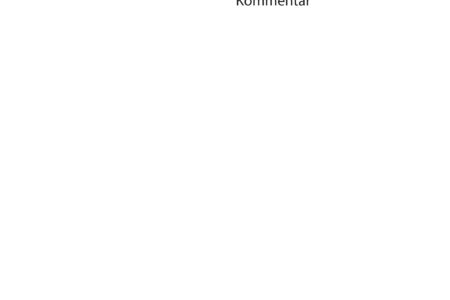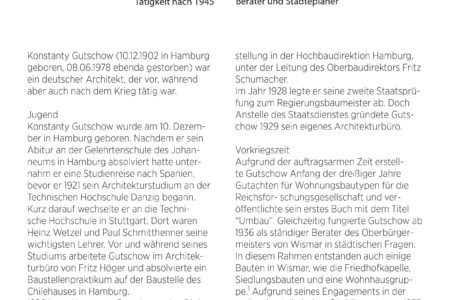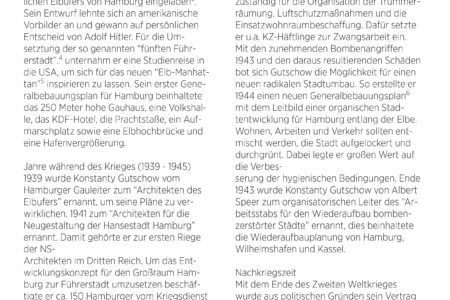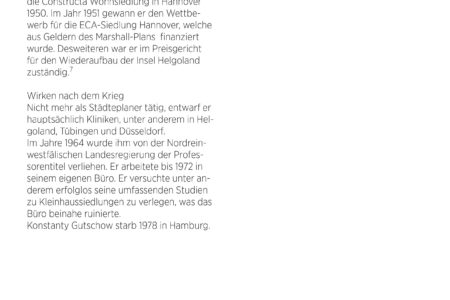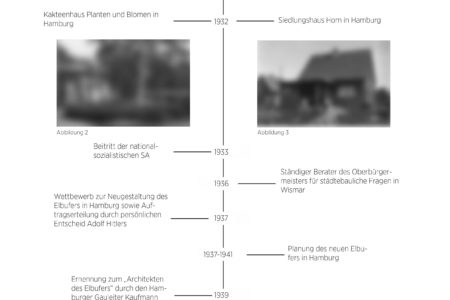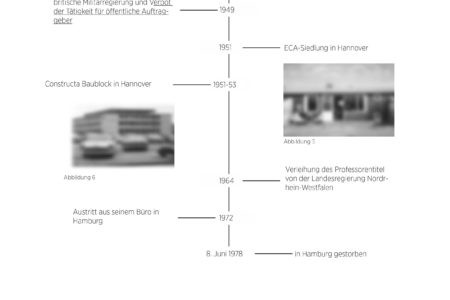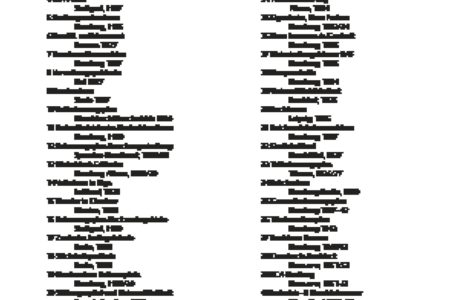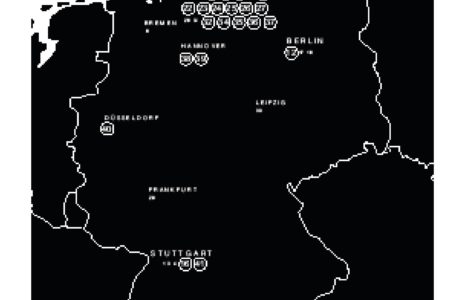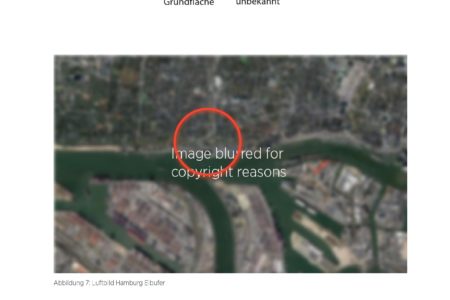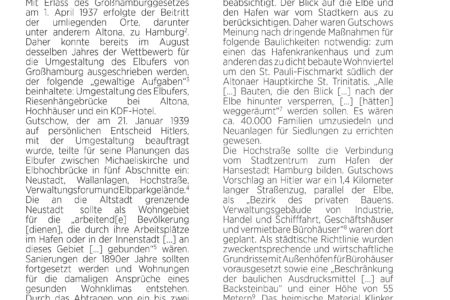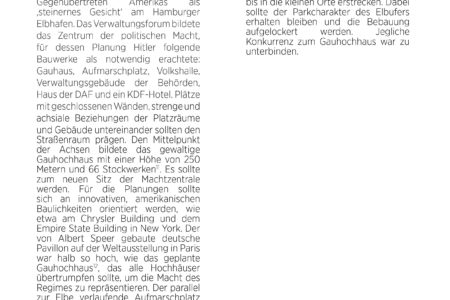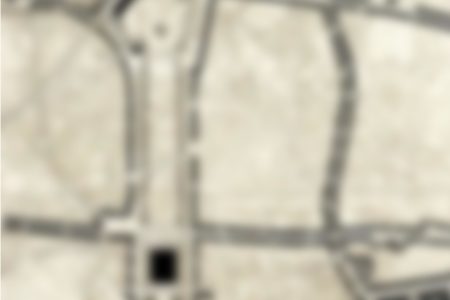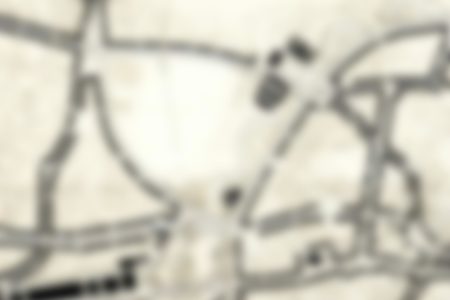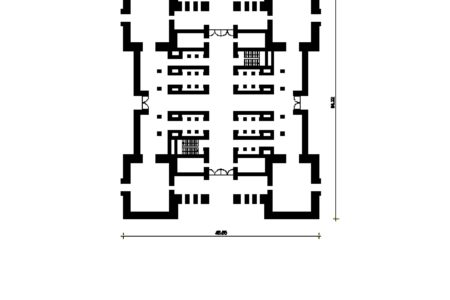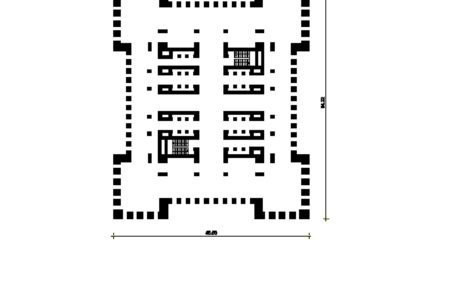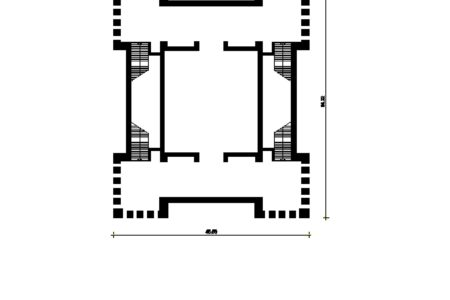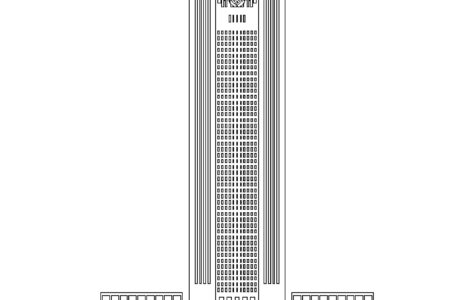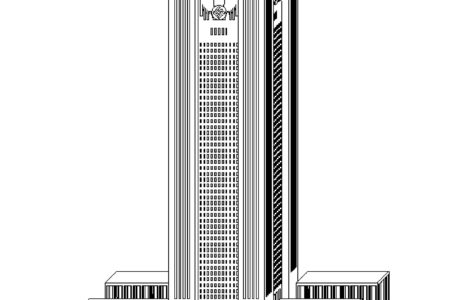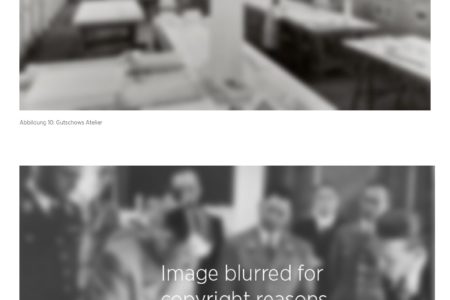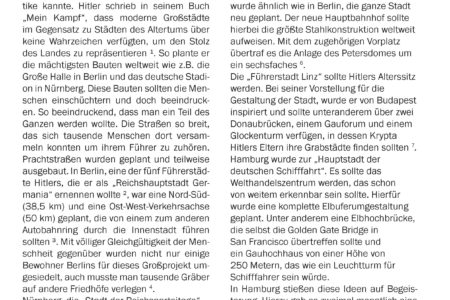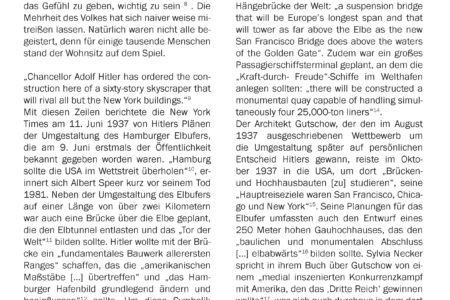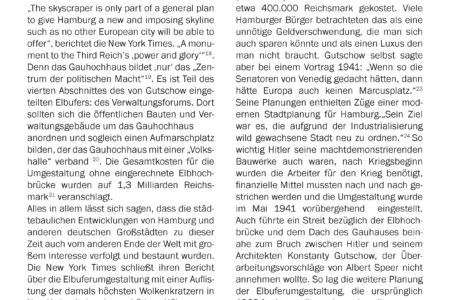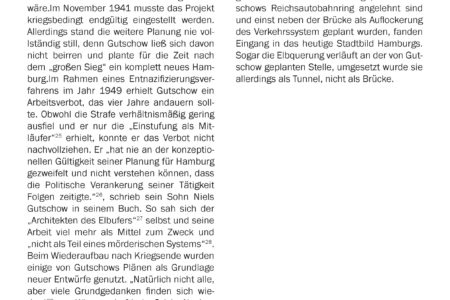Architecture and power: German architects in National Socialism – and afterwards
A research project of the Nuremberg University of Technology and the Documentation Center Nazi Party Rally Grounds Nuremberg
Head: Prof. Dr. med. Richard Woditsch
Contributors: Bernd Noack, Katinka Strassberger, Markus Honka
Research Cooperation: Dr. Ing. Alexander Schmidt, Prof. Hélène Frichot
German architects built in National Socialism and later in the Federal Republic in two completely opposite political systems. This ideologically and aesthetically only apparently meant a radical turnaround, because most architects adapted to the new political conditions and continued their careers almost without interruption.
The research is concerned with construction projects from the time of National Socialism and from the post-war period of the same architect. Also some buildings of the Weimar modernity are included. The great adaptability and willingness of many German architects to the respective political conditions becomes clear. An awareness of one’s own political responsibility is usually lacking just as much as a critical examination of architectural projects for the National Socialist regime.
At the same time, networks of relationships from the time of National Socialism were maintained and significantly influenced building in the young Federal Republic. Here not only the network of Albert Speer and his close confidant Rudolf Wolters should be mentioned, but also the network around Konstanty Gutschow and Rudolf Hillebrecht. Only in exceptional cases, such as the Düsseldorf architect’s dispute over the former Nuremberg Town Planning Council Julius Schulte-Frohlinde, the own Nazi past was a problem in the further career.
As a contrast, projects by architects who stood aloof from National Socialist building, either because they were of Jewish faith or because they did not want to adapt, were also examined. The research also includes the Schocken department store by Erich Mendelsohn, the waiting room Plärrer-Automat of the Nuremberg architect Walter Brugmann, a holiday home by the Jewish architect Carola Bloch and an industrial building from the National Socialist era by Egon Eiermann – all of them can be stylistically attributed to classical modernism.
. The research “Architecture and Power – German Architects in National Socialism – and afterwards” also raises the question of the different ways of behaving towards National Socialism, especially in a seemingly neutral, technically-oriented professional field.
